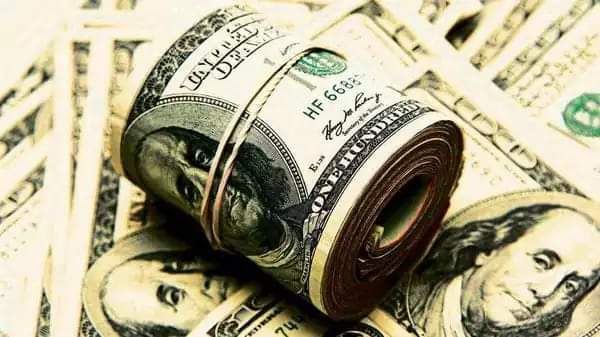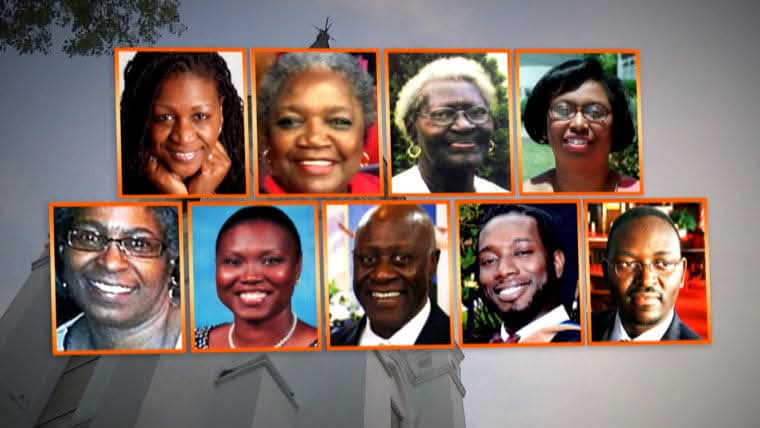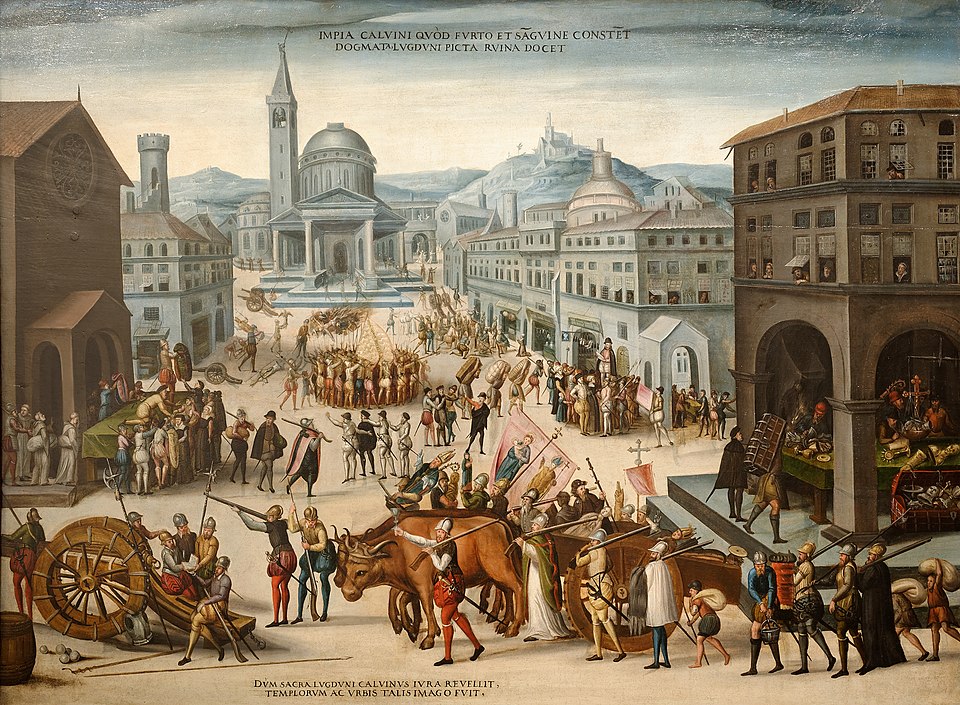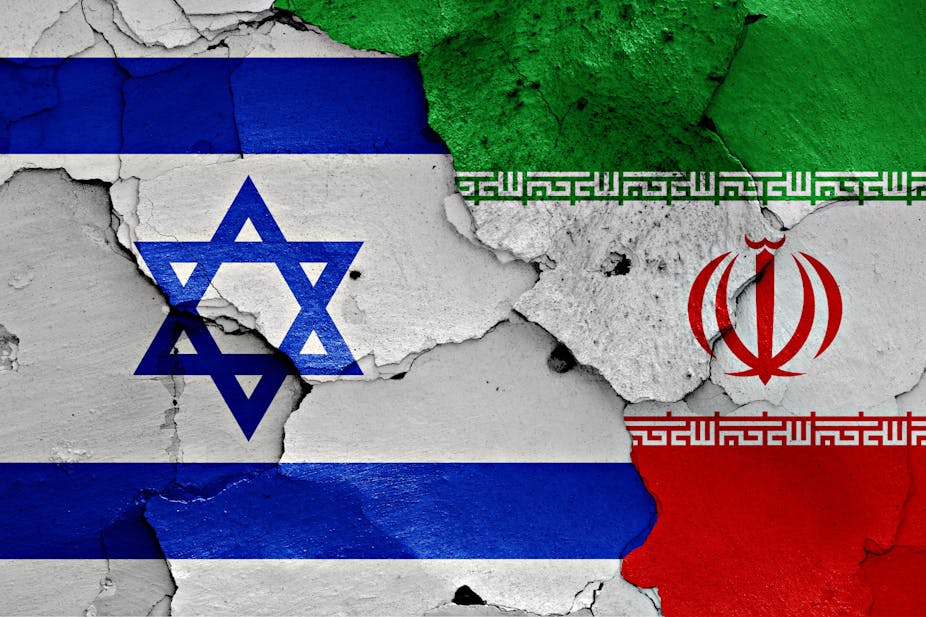RESERVE CURRENCY: How the U.S. Dollar Became the World's Reserve Currency and the Future of its Sustainability

Did you know that the U.S. dollar ranks as the 10th strongest currency in the world with the Kuwaiti dinar leading as the strongest currency while China's renminbi could surpass the dollar and replace it as the next global reserve currency?
The United States Dollar (USD) is one of the world's strongest currencies and it is the official currency of the United States as well as several other countries. Although it has a deep-rooted history in the United States, the dollar as we know it today was first printed in 1914, a year after the establishment of the Federal Reserve as the nation's central bank with the passing of the Federal Reserve Act. Three decades later, the dollar officially became the world’s reserve currency. However, its ascendancy to the throne actually began not long after the ink was dry on that first printing in 1914.
The first documented use of paper currency in the U.S. dates back to 1690 when colonial notes were issued by the Massachusetts Bay Colony. These notes were used to fund military operations. It wasn't until 1776 that the first $2 bill was introduced—nine days before independence. Nine years later, in 1785, the U.S. officially adopted the dollar sign, using the symbol for the Spanish American peso as a guide.
In 1863, the government established the Office of the Comptroller of the Currency (OCC) and the National Currency Bureau. These two agencies were charged with handling new banknotes. Centralized printing begins at the Bureau of Engraving and Printing in 1869. Prior to this, money was printed by private companies. The U.S. Treasury assumed the official responsibility of issuing the nation's legal tender in 1890—more than a decade before the creation of the Federal Reserve and the dollar as we know it today.
The Federal Reserve Act of 1913 created the Federal Reserve Bank to respond to the unreliability and instability of a currency system that was previously based on banknotes issued by individual banks. This was the same time that the U.S. economy became the world’s largest, surpassing that of the United Kingdom. World commerce still centered around the U.K., though, as the majority of transactions took place in British pounds.
The majority of developed countries pegged their currencies to gold as a way to stabilize currency exchanges. But when World War I broke out in 1914, many countries suspended their use of the gold standard to pay their military expenses with paper money, which devalued their currencies. Britain, though, held to the gold standard to maintain its position as the world’s leading currency and found itself borrowing money for the first time during the third year of the war.
The United States became the lender of choice for many countries that wanted to buy dollar-denominated U.S. bonds. Britain finally abandoned the gold standard in 1931, which decimated the bank accounts of international merchants who traded in pounds. By then, the dollar replaced the pound as the leading international reserve currency.
As it did in World War I, the U.S. entered World War II well after combat began. Before it entered the war, the United States served as the Allies’ main supplier of weapons and other goods. Most countries paid in gold making the U.S. the owner of the majority of the world's gold by the end of the war. This made a return to the gold standard impossible by the countries that depleted their reserves.
Delegates from 44 Allied countries met in Bretton Wood, New Hampshire, in 1944 to come up with a system to manage foreign exchange that would not disadvantage any country. The delegation decided that the world’s currencies would no longer be linked to gold but could be pegged to the U.S. That's because the greenback was, itself, linked to gold.
The arrangement came to be known as the Bretton Woods Agreement. It established the authority of central banks, which would maintain fixed exchange rates between their currencies and the dollar. In turn, the United States would redeem U.S. dollars for gold on demand. Countries had some degree of control over currencies in situations wherein the values of their own currencies became too weak or too strong relative to the dollar. They could buy or sell their currency to regulate the money supply.
The U.S dollar was officially crowned the world’s reserve currency and was backed by the world’s largest gold reserves thanks to the Bretton Woods Agreement. Instead of gold reserves, other countries accumulated reserves of U.S. dollars. Needing a place to store their dollars, countries began buying U.S. Treasury securities, which they considered to be a safe store of money.
The demand for Treasury securities, coupled with the deficit spending needed to finance the Vietnam War and the Great Society domestic programs, caused the United States to flood the market with paper money. With growing concerns over the stability of the dollar, the countries began to convert dollar reserves into gold. The demand for gold was such that President Richard Nixon was forced to intervene and de-link the dollar from gold, which led to the floating exchange rates that exist today.
Although there have been periods of stagflation, which is defined as high inflation and high unemployment, the U.S. dollar has remained the world’s reserve currency. Central banks hold around 59% of their reserves in U.S. dollars, according to the International Monetary Fund (IMF). Many of the reserves are in cash or U.S bonds, such as U.S. Treasuries. Dollar-denominated debt outside the U.S. continues to rise, with levels reaching $13.4 trillion as of mid-2022. Most people would believe that this makes the dollar the strongest currency in the world. However, despite its position in the global markets and how dependent they are on it, the dollar ranked as the 10th strongest currency, according to CMC Markets. The site ranked the Kuwaiti dinar as the strongest currency while the British pound and the euro earned the fifth and eighth spots respectively.
There are a series of alternatives that could replace the dollar as the next global reserve currency. The euro is the most used reserve after the dollar and could replace the dollar if economic conditions move in its favor. But the European Union (EU) does lack a central Treasury unit, which can make this difficult. China's renminbi could surpass the dollar, a goal that the country's leaders are keen on realizing.
The bottom line, reserve status is based largely on the size and strength of the U.S. economy and the dominance of the U.S. financial markets. Despite large deficit spending, trillions of dollars in debt, and the unbridled printing of U.S. dollars, U.S. Treasury securities remain the safest way to store money. The trust and confidence that the world has in the ability of the United States to pay its debts keep the dollar as the most redeemable currency for facilitating world commerce.
#penglobalfinance #dollar



